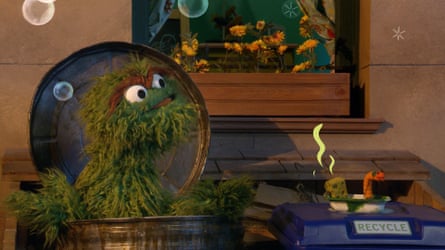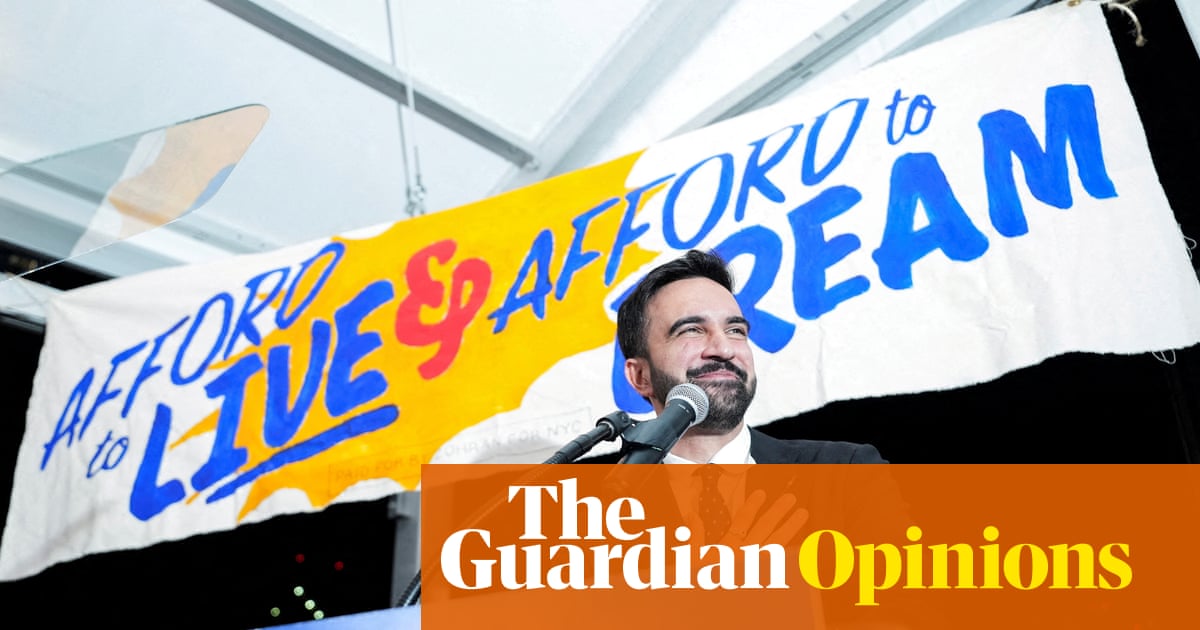An entire generation of British adults was raised by Sesame Street. They’re easy enough to spot; they’re kind, they have had that Pointer Sisters pinball counting song as an earworm for four decades, and they were repeatedly told off at school for pronouncing the final letter of the alphabet “zee”.
But this generation is old. The last time Sesame Street was regularly broadcast in the UK was September 2001, when Channel 4 made the decision to replace it with The Hoobs. However, this all changes now. Because Sesame Street has just rolled out on Netflix for the first time.
This is undoubtedly a good thing. More than almost any other children’s show, Sesame Street seemed to crack the code on how to simultaneously educate and entertain children. Lessons about early phonics and mathematics have always been folded into madcap, brightly coloured sketches, like the warring two-headed monster that teaches you to share, or the monomaniacal numerical egotism of the Count (official name: Count von Count).
But this has always been shot through with a sunny humanist outlook on life that delivered messages on everything from patience and cooperation to how to cope with death. If you watched Sesame Street as a child, it was a fundamental building block of who you’d grow up to become.
That said, if you are British and feel raised by Sesame Street, you’re in a narrow age range. Upon its creation, the BBC roundly refused to air it, claiming that the corporation already made superior educational programming, and that Sesame Street’s approach was ‘didactic’. At the time Monica Sims, the head of children’s broadcasting at the BBC, even went as far as calling Sesame Street “indoctrination, and a dangerous extension of the use of television.” Instead, the show would air fitfully on regional ITV franchises until Channel 4 picked it up from 1987 until 2001. Happily, the BBC did eventually come around on Sesame Street; the popular CBeebies show Furchester Hotel is a spin-off that features many of the same characters.
More impressive, though, is the programme’s ability to endure. From its very conception, Sesame Street’s stated aim – to offer high-quality educational television to preschool children of all backgrounds – faced stiff resistance. In 1970 its depiction of a racially integrated US spooked the (all white) Mississippi State Commission for Educational Television so much that it voted to ban the show from the state’s airwaves, until a public outcry forced a reversal three weeks later.
Even then, Sesame Street would face battles, both financial and ideological, that often left it teetering on the brink of extinction. Initially the show’s production was federally underwritten, but the Reagan administration’s 1981 budget cuts effectively ended that support.
After another decade and a half of receiving smaller grants from the Department of Education, Sesame Street then had to bite the bullet and fill the funding gap by taking on commercial partners, which have variously included cereal brands, fast food companies and pharmaceutical multinationals. The backlash to this was fierce, especially since the creators had previously taken pride in the programme’s lack of advertising, but it rode out the controversy by reiterating that the brands had no say in the content of the show itself.

In 2015, Sesame Street’s quest for survival took it behind a paywall for the first time, as it struck a deal with HBO to air there first before episodes would roll out on free-to-air PBS after a few months. Again, this drew protests – critics claimed it undermined its public good ethos – but again, the programme-makers argued that this sort of deal was the only way it could survive in a changing landscape.
But worse was to come. This year, Sesame Street hit two huge roadblocks. First, the show’s deal with Warner Bros (owner of HBO) lapsed, leaving it potentially homeless. And then, in May, Donald Trump issued an executive order to block federal funding for PBS, citing “biased and partisan news coverage”.
It might be worth pointing out at this stage that Trump isn’t exactly a stranger to Sesame Street. For its 25th anniversary special in 1994, Joe Pesci appeared on the show as a violent property magnate named Ronald Grump, while in the mid-2000s the show briefly introduced a character called Donald Grump, who was greedy and mean and lived in a golden dustbin (“He happens to have the most trash of any grouch in the world!”).

Either way, on paper, Netflix seems like the perfect landing place for Sesame Street. The streamer will have rights to the show for the next two years, during which it will be comfortably funded with no advertisements, and still air on PBS. Netflix also has more than 300 million subscribers worldwide, which means a global audience will get to experience the show for the first time in years. Realistically, this could be the second coming of Sesame Street that we all deserve.
Obviously nothing is perfect, and if the current media landscape has taught us anything, it’s that tech giants can dismantle legacy brands on a whim. But this is Sesame Street. A show that has spent seven decades at the vanguard of educational television, teaching millions of children about the value of friendship and cooperation, would not want us to think so pessimistically about the state of the world. So let’s put our worries aside and say: long live Sesame Street, at least for now.

 3 hours ago
5
3 hours ago
5

















































